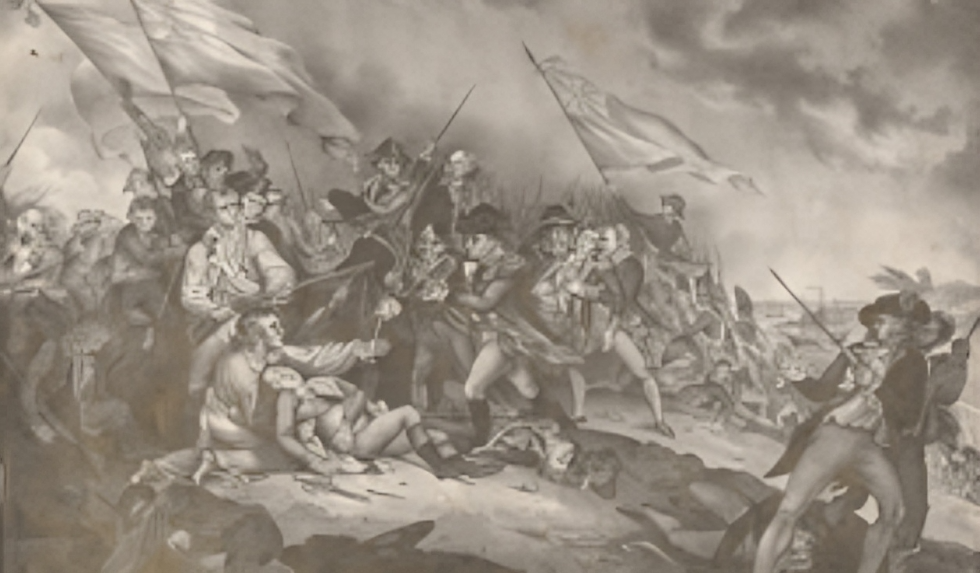
Free and enslaved blacks pressed for emancipation during the Revolutionary era in states including Massachusetts, New York, Virginia, North Carolina, and Connecticut. On January 13, 1777, slaves led by Prince Hall and Lancaster Hill petitioned the Massachusetts legislature for their freedom. The petitioners challenged state leaders to examine their consciences and the laws of nature established by the great “parent of the universe” to decide whether the slaves should be free. They proposed that slavery was untrue to the Christian faith and questioned how white citizens who followed “the mild religion of Jesus” could hold fellow human beings in perpetual bondage.
John Trumbull was an American artist known for his historical paintings that capture key moments from the American Revolutionary War. His work is notable for its dramatic portrayal of historical events and figures. One of his most famous pieces is “The Battle of Bunker Hill,” which depicts the crucial battle fought on June 17, 1775, during the early days of the American Revolution. Trumbull’s depiction of the battle is celebrated for its attention to historical detail and its dramatic composition.
The engraving you mentioned, by A. Hoffy and published by P. S. Duval in Philadelphia in 1840, is a reproduction of Trumbull’s painting. A. Hoffy was an engraver who worked on various historical and portrait engravings of the time. P. S. Duval was a prominent Philadelphia publisher known for producing high-quality engravings and prints.
This specific engraving would have been created to make Trumbull’s famous painting more accessible to a wider audience. Engravings like these were common in the 19th century as a way to disseminate important historical and artistic works to the public. The year 1840 places this reproduction in a period when American interest in Revolutionary War history and its depiction in art was growing, reflecting a burgeoning sense of national identity and historical consciousness.